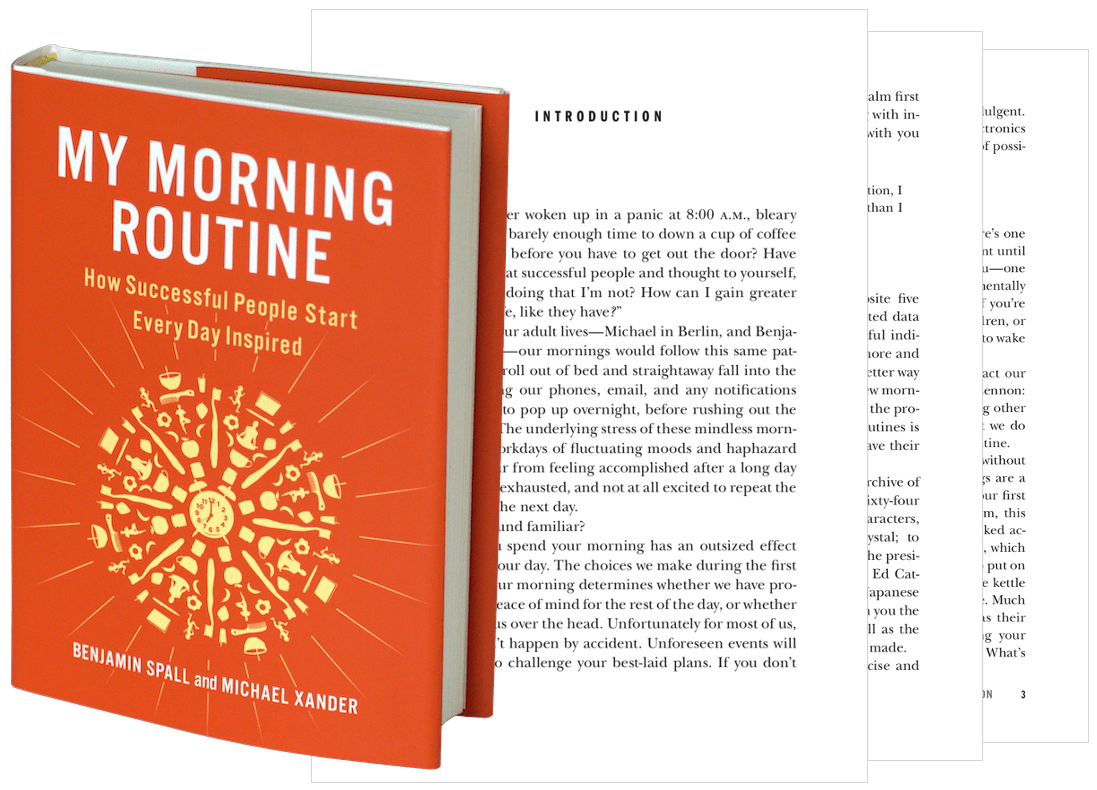How to Deal with Passive-Aggressive People

Do you experience passive-aggression in your day-to-day life? Is there someone, such as a sibling, parent, colleague, or your spouse, that regularly displays passive-aggressive behavior when speaking (or not speaking, as is often the case for passive-aggressive people) with you?
Learning how to deal with passive-aggressive people will open up a whole new world to you, as when you allow this manipulative behavior to persist unchecked you are telling them that it is okay to treat you this way. It can be destructive to your relationship with this individual; something I’m sure neither you nor them want to continue.
In this article, I’m going to show how to deal with passive-aggressive people by going all the way back to the beginning. What is passive-aggressive behavior? What are signs of a passive-aggressive person? And how can you deal with passive-aggressive people to ensure that they learn that such behavior will not be tolerated by you?
Read on to discover all of the above, including passive-aggressive examples, and some tips on how to stop being passive-aggressive if you begin to recognize this behavior in yourself.
What is Passive-Aggressive Behavior?
Passive-aggressive behavior is a form of anger that is hidden from plain sight. Used to avoid direct communication, passive-aggression is manipulation by any other name, as the passive-aggressive individual leverages their behavior (be it inaction, avoidance, withdrawal, and more) for their own means.
What Causes Passive-Aggressive Behavior?
There are two key causes of passive-aggressive behavior: an individual’s upbringing, and the situation at hand.
If you have a passive-aggressive spouse, for example, consider the environment they grew up in. What were their parents’ core values at home? Did they encourage emotional expression, or were such expressions considered weak and actively discouraged? In terms of the situations in which they act out, passive-aggressive people are at their worst at family events, business functions, or anywhere where overt signs of aggression would be considered inappropriate. Do you have an aunt, uncle, cousin, or other family member who consistently walks out halfway through Thanksgiving dinner? This is a sign of passive-aggressive behavior in action, and knowing how to deal with passive-aggressive family members is essential.
Passive-Aggressive Examples
Examples of passive-aggressive behavior fall into five main buckets:
- Sarcasm: Not commonly associated with passive-aggression, sarcasm is an example of a passive-aggressive behavior because it is aggression in another form. Instead of outright insulting a friend, colleague, or loved one, they are doing so under the guise of sarcasm.
- Backhanded compliments: Even more subtle than sarcasm, as the person being insulted may not always realize it in the moment, when passive-aggressive people give backhanded compliments they’re made to feel in control of their situation—something they crave more than anything in the world.
- Avoidance: Has your child, sibling, or spouse ever refused to speak to you for a period of time; in some cases avoiding being in the same room as you altogether? This is avoidance, and it’s an example of passive-aggression because it uses silence to rile you up and, ultimately, give the perpetrator the upper hand.
- Deliberate procrastination: Deliberately procrastinating on a task at work, or purposely missing appointments they do not wish to keep are two forms of passive-aggressive behaviors. To be clear, procrastinating or missing appointments on their own does not fall into this bucket, but when done with intention; often with the understanding that your actions will hurt someone else, these are labelled passive-aggressive behaviors.
- Withdrawal and sulking: Withdrawing from your company and sulking is similar to avoidance in that it gives the perpetrator the upper hand. Most of us are poorly adept at handling a situation where the perpetrator claims to be “fine” then it’s clear that they are far from it. Learning how to deal with passive-aggressive people when they refuse to communicate with you is its own special skill.
How to Deal with Passive-Aggressive People
Dealing with a passive-aggressive sibling, parent, colleague, spouse, or even a passive-aggressive boss requires you to develop a thick skin and follow three key steps:
- Hold them accountable for their actions
- Stand your ground
- Confront the issue (their actions) head on
Let’s look at each of these in depth:
1. Hold Them Accountable for Their Actions
When you were a child, did you ever act out if you weren’t getting your way? If this behavior seemed to result in you getting what you wanted, did you continue down this path, again and again, until your luck eventually wore out?
The same is true of passive-aggressive people. If you let them they will keep up the same tricks (see the above list of passive-aggressive examples) over and over again. In this case, it may be necessary to hold them accountable for their actions by treating them like a child.
Of course, doing this with anger in our voice is never the way forward. When you hold them accountable for their actions, do so with kindness; ask them why they appear to be angry, or upset, or otherwise disengaged. You may not get the answer you want, but doing so will break their spell over the room.
2. Stand Your Ground
Passive-aggressive people know how to get under your skin. They know that if they act out enough, you will leave them to it and they will have “won.”
As simple as it sounds, you need to stand your ground in these situations. When you respond to passive-aggressive behavior by responding to their every whim, you’re telling them that their behavior is justified; and even worse, you’re telling them that when they behave this way, they get what they want.
Your passive-aggressive sibling, parent, colleague, or spouse use their behavior to control you, and the situation you both find yourselves in. Stand your ground whenever this happens—don’t take any of their nonsense any longer, and confront the issue head on.
3. Confront the Issue (Their Actions) Head On
Knowing how to stop passive-aggressive behavior in others requires you to recognize one unassailable truth; as the idiom goes, “It takes two to tango.”
While you are not at fault for the passive-aggression hurled at you, if you don’t confront it head on, instead choosing to always dance around the issue as doing so is more comfortable, passive-aggressive people will become emboldened to continue to act this way for as long as it benefits them.
Conflict resolution is rarely easy (here’s a helpful guide on how to approach it), but it’s essential. Instead of falling into a pattern of weathering the storm of your relationship with this individual over and over again, when you confront their actions head on—not by being angry at them, but by offering an olive branch, asking them why they’re upset, and letting them know how their behavior is making you feel—you begin the process of healing.
How to Stop Being Passive-Aggressive
Don’t be discouraged if you recognize passive-aggressive tendencies in yourself, but do take the time to think whether any recent changes in your lifestyle could be the cause of such behavior.
Have you recently been more overworked than usual? Do you find yourself making rash decisions? Human beings are fallible, and knowing how to respond to a passive-aggressive person is only half of the battle. Learning how to stop being passive-aggressive yourself is equally as important for the sake of those around you.
Sticking with the same passive-aggressive examples (sarcasm, backhanded compliments, avoidance, etc.) above, try to see if you recognize any of the below in your own behavior:
- Instead of using sarcasm as a defense mechanism, be curious; you can learn something from everyone you encounter, and they can learn something from you.
- Instead of giving backhanded compliments, give real compliments. (As the saying goes, “If you have nothing nice to say, don’t say anything at all.”)
- Instead of avoiding people you are upset or angry with, tell them why you feel the way you do, while being careful to avoid blaming them for the situation.
- Instead of procrastinating on something you don’t want to do, choose to get your most difficult work (including difficult conversations) out of the way first thing in the morning.
- Instead of withdrawing from the world when things aren’t going your way, stick around and talk out how you feel. You’ll feel better for it.
Knowing how to deal with passive-aggressive people and the behaviors they exhibit will dramatically improve your relationships with these individuals as you break down communication barriers and get to the core of their issues.
If you’re interested in hearing more from me, be sure to subscribe to my free email newsletter, and if you enjoyed this article, please share it on social media, link to it from your website, or bookmark it so you can come back to it often. ∎




